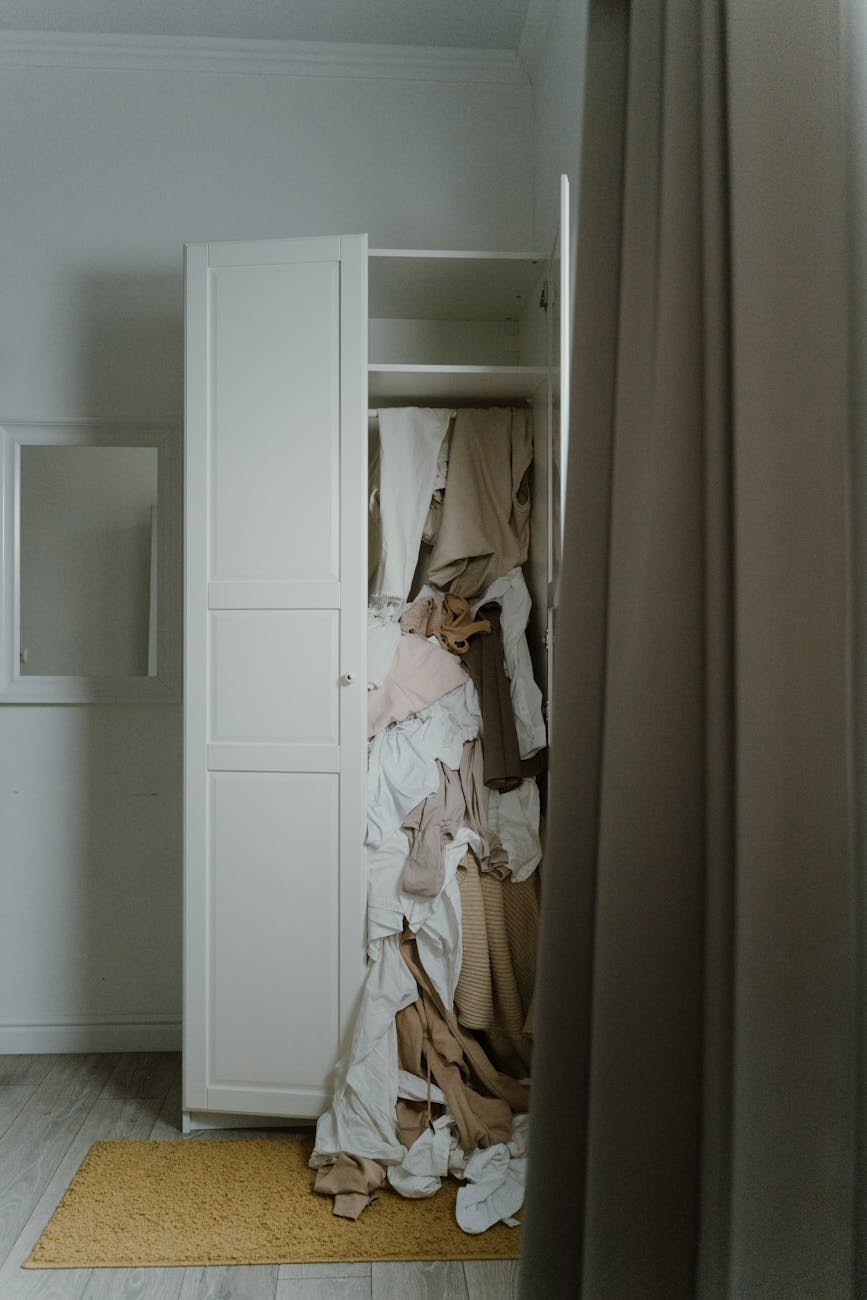5 Tips for Using Clothes Hangers to Maximize Your Closet Space & Preserve Your Garments
A well-organized closet isn’t just aesthetically pleasing; it’s a functional space that protects your clothing and makes getting dressed a breeze. While decluttering and proper folding techniques are crucial, often overlooked is the humble clothes hanger. The right hangers, and their proper use, can dramatically impact your closet’s efficiency and the longevity of your wardrobe. Many people simply grab whatever hanger is available, but this can lead to stretched shoulders, misshapen garments, and wasted space. This article will explore five essential tips for using clothes hangers effectively, covering everything from choosing the right type to strategic placement, ultimately transforming your closet from a chaotic mess into a streamlined sanctuary for your style.
Choosing The Right Hanger Type
Not all hangers are created equal. Using the wrong hanger can damage your clothes and take up unnecessary space. Consider the material and shape of the hanger in relation to the garment. Wooden hangers, for example, are generally considered the best for heavier items like coats, suits, and dresses. Their sturdy construction prevents stretching and maintains the garment’s shape. Plastic hangers, particularly those with a contoured shape, are good for shirts and blouses, helping them keep their form. Velvet hangers are increasingly popular because the soft, flocked surface prevents clothes from slipping, which is especially useful for silk or satin items. Finally, slimline hangers, often made of velvet or plastic, are fantastic for maximizing space in smaller closets.
Understanding Weight Distribution
The weight of a garment significantly impacts how it hangs and whether it will become distorted over time. Heavy coats and jackets require robust hangers that can support their weight without bending or sagging. Using flimsy plastic hangers for a winter coat will inevitably lead to stretched shoulders and a misshapen garment. Similarly, delicate fabrics like silk or chiffon need gentle support. Avoid wire hangers, which can snag and damage these materials. Consider the hanger’s weight capacity. A good rule of thumb is to choose a hanger that is slightly heavier than the garment it will support. This ensures stability and prevents the hanger from tipping over, which can further stress the clothing.
Strategic Hanger Placement & Orientation
Beyond the type of hanger, *how* you hang your clothes matters. Always hang clothes with the weight distributed evenly. For example, when hanging a sweater, button it up to help maintain its shape and prevent stretching. Orientation also plays a role. Hanging clothes with the hanger facing the same direction creates a visually cleaner and more organized closet. It also makes it easier to see everything at a glance. Furthermore, consider the “first in, first out” principle. Place newer items at the back of the closet and older items at the front, encouraging you to wear your existing wardrobe before buying new pieces. This helps prevent clothes from languishing unused.
Maximizing Space with Specialized Hangers
Clever hanger choices can unlock significant closet space. Skirt and pant hangers with clips are ideal for keeping these items neatly organized and preventing them from falling to the floor. Cascading hangers, which allow you to hang multiple garments vertically, are a great solution for maximizing space, particularly for items like tank tops or camisoles. Tie hangers are essential for keeping ties organized and wrinkle-free. Belt hangers, similarly, prevent belts from becoming tangled and damaged. Investing in these specialized hangers can dramatically increase your closet’s capacity and improve overall organization. Here’s a quick comparison table:
| Hanger Type | Best For | Pros | Cons |
|---|---|---|---|
| Wooden | Coats, Suits, Dresses | Sturdy, Maintains Shape | Can be bulky, More expensive |
| Plastic (Contoured) | Shirts, Blouses | Affordable, Prevents Stretching | Can break easily |
| Velvet | Silk, Satin, Slippery Fabrics | Prevents Slipping, Gentle | Can collect dust |
| Slimline | All Garments (Space Saving) | Maximizes Space | May not be suitable for very heavy items |
| Skirt/Pant Clips | Skirts, Pants | Keeps Items Organized | Clips can sometimes damage fabric |
Maintaining Your Hangers & Closet System
Finally, remember that even the best hangers need maintenance. Regularly inspect your hangers for any signs of damage, such as cracks or broken clips. Replace damaged hangers promptly to prevent them from damaging your clothes. Periodically dust your hangers, especially velvet ones, to keep them looking their best. Consider investing in a closet organization system, such as shelf dividers or drawer organizers, to complement your hanger choices and further maximize space. A little effort in maintaining your hangers and closet system will pay off in the long run, ensuring your clothes stay in excellent condition and your closet remains a functional and enjoyable space.
In conclusion, optimizing your closet isn’t just about decluttering; it’s about employing smart strategies, and the often-overlooked clothes hanger plays a pivotal role. We’ve explored the importance of selecting the right hanger type based on garment weight and fabric, emphasizing wooden hangers for heavier items and velvet hangers for delicate materials. Understanding weight distribution and proper orientation are key to preventing stretching and maintaining a visually appealing closet. Utilizing specialized hangers for skirts, pants, and ties maximizes space and organization. Ultimately, consistent maintenance and a holistic approach to closet organization, incorporating hangers as a central element, will result in a more functional, aesthetically pleasing, and protective environment for your wardrobe, extending the life of your cherished garments.
